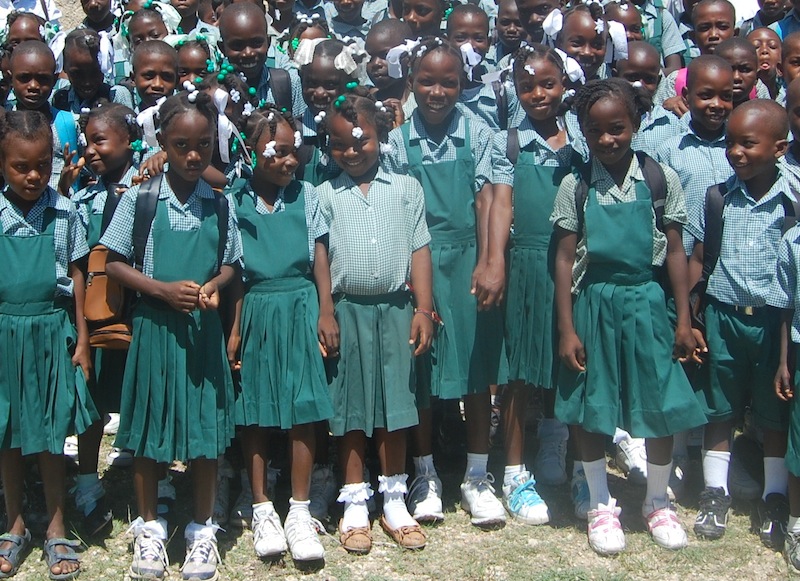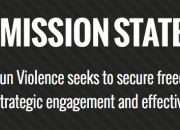Give A Uniform, Change A Life

You don't tend to think of a school uniform as a terribly important part of the educational process, but for some children, it can mean the difference between learning to read and staying at home. While uniforms aren't particularly common in America, there are countries where the cost of a uniform can prohibit children from attending school. In places like Tanzania and Haiti, there have been reports of children being beaten for coming in without the proper attire. Others, too poor to purchase the mandatory outfit, simply do not go to school at all.
Friends and co-workers Megan Kelly and Jessica Roy got wind of the issue from a mutual friend, and instead of simply lamenting the problem, they decided to do something about it. The Boston-based ladies started a nonprofit, Tailored for Education, which provides uniforms for children in need.
We had a chance to talk to the inspiring women. Learn more about their project, below.
Can you guys tell us a bit more about why uniforms are so essential? Can the kids go to school without uniforms?
Megan: We hear different stories. In some cases, the teacher will let it slide if the colors are similar. But we've also heard stories from Ghana where the children who don't wear uniforms are whipped every day—but they still go to school, which I think is so amazing. It's definitely one of the barriers that keep kids from going to school. From everything we've learned, school uniforms have deep cultural roots. They also put all the kids on the same playing field; some of these kids don't have clothes to wear around, and it makes it so no one has to know that they're the poor kid in the class.
What has been the most exciting part so far about working with Tailored for Education?
Jess: It has been a really eye-opening learning experience, thanks to all the people we've talked to and all the work we've done along the way. I, for one, didn't know that all of these amazing organizations existed. I had no idea how many people devoted their lives to philanthropic living. You just don't realize how many people are able to drop everything, pick up their lives, and devote all their time to helping other people. I also found that everybody in the nonprofit world is just so kind. Everyone is so open and friendly and willing to help -- and that's very different from certain aspects of the business world.
Megan: It is always so exciting to get $15 donations from strangers. It was one thing when my parents did it, or my grandparents donated. I was so grateful but I knew they were doing it because of me. When we started getting donations from strangers, we were thrilled. A $20 donation from a stranger really does help, because the average cost of a uniform is $16 to $20. So when you see a donation like that, you know there is a total stranger out there who believes in what you are doing, and who really wants to help.
What would your advice be to someone who wanted to start a charitable project?
Megan: I think the other thing is to think about what aid means. Not only are we giving these children uniforms, but we're also having them made locally, which provides jobs for members of the community. We've been learning a lot about microfinance, and we've realized how important it is to help provide jobs and help the economy. The idea is not to constantly give to these developing nations -- it's to find a way to help them become sustainable.
Find out more about how you can help by clicking here.




